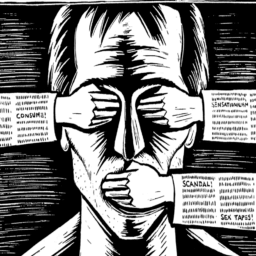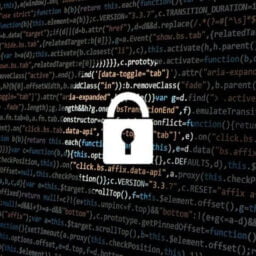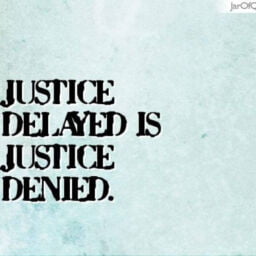Introduction
Films, social media, and the press is considered as the source of entertainment and medium among the people. Over the period there has been a lot of development and growth in the area of science and technology and they have been contributing towards the social and cultural changes of the country. Article 19(1) of the Indian constitution lays down the laws for the freedom of speech and expression for everyone around the country. Thereby, it is also applicable to all scriptwriters and movie makers. On the other hand, article 19(2) signifies that the freedom of expression should not harm the sovereignty and integrity of the nation. Thereby this article provides the censorship of the movies and the aspects of laws related to it. It also provides deep insights into the censorship of movies.
All about censorship
The meaning of it lies in its word itself that is to give one’s opinions, ideas getting g expressed orally or in the written way. It comes from the Latin word ‘center’ meaning to give one’s thoughts. It can be expressed both orally as well as written such as websites, press, TV, movies, etc. It is the considerable amount of stoppage for by the respective concerned authority on the public for the right to speech and expression.
Rule of law
The levying of censorship follows the rules of law, which was the basis for determining the framework of the constitution. The legislation of the rule of law states that every action must be taken by following the prescribed procedure established by the rule of law. It is imposed on the making and exhibition of films in the interest of society. The fundamental rights are not universal. Thereby the reasonable restrictions are important for its right.
About movies and legislation
There is a need for censoring of movies to remove any offensive material by the censor board of India. This is done to make the movie rightly available for the selected audience. In the past, controversies have been there over the movies that have violated any customs, precedents, and legislations and have caused rage and disharmony among the people. Thereby, this leads to the introduction of censorship by the procedural authority. Therefore, there are several legislations in India dealing with the censorship of movies in India. They have been introduced to maintain peace and harmony in society and to protect public rights and impose certain objectionable restrictions. The authority responsible for providing the certificates to the movie makers is thereby suggested to check it properly and to provide them with suitable changes and suggestions if required.
The cinematograph Act, 1952
The world’s largest film industry is in India and multiple movies are being released every week in every corner of the world. This act deals with the censorship of movies in India concerning respective rules and regulations which are laid down by the law. The detailed definitions of the act are been provided in section 2. The film has been certified by the CBFC, the authority responsible for censorship in India under sections 5A and B of the Cinematograph Act, 1952. CBFC segregates the movies based on (the contents of the movie which are restricted for the public to be seen), U/A (objectionable content to be watched by children below the age of 13 yrs.), A (to be seen only by the adults), S (which can be easily seen by any group of students). The detailing and certification of the censorship authority recognized and insights of every such censorship authority are provided in this act. This act of cinematograph has been expressed as the rendition in motion and an expression of pictures and adults that have completed the eighteen years of age.
Formation of the Board
According to section 3 of the act, the authority is being insisted by the central government to check or rather watch the movies before their release and to take suitable actions related to it. Thereby, a team is being formed which consist of a chairman and the members associated. The remuneration of the chairman and members are decided by the central government.
Inspection of films
The films are been examined by the respective board as mentioned in section 4 of the act. The board provides a detailed and informative procedure and the board of directors have to abide by it. In this, the moviemaker has to provide a detailed request to the concerned authority to provide the recognition and certificate after the inspection and that of the film by corrections through the prescribed authority. The certificate will be provided according to the targeted audience that provides the viewership according to the targeted audience and has restricted and concise content.
Counseling Team
The power has been given to the central government to establish the teams to advise the movie makers about the content of the movies. This has been mentioned under section 5 of the Act. These team members are not provided with any remunerations or pay but are provided by the fees.
Film certification and approval
This has been mentioned in section 5 A of the act after the inspection of the movie in the best procedural manner.
Recommendations in the certification of films
This has been mentioned under section 5B of the Act which states that the concerned authority is violating the national interest of the country and is causing disharmony among the people. Its causes communal harm and rage. Thereby, it’s there to maintain peace, harmony, and decency in the country.
Landmark judgments based on the censorship of movies in India
- K.A. Abbas v. Union of India, 1969
This is one of the famous cases of the censorship clause in India. In this, the Supreme Court evaluated the censorship of cinematograph about the right to freedom of speech or expression. In this, the petition was being filed about the ‘U’ recognition of the movie, which was being refused by the board. Then the petitioner applied for the amendment of pre-censorship and it was being approved by the cinematograph of the films. It was being said that pre-censorship of movies itself cannot be accepted under the right to speech and expression. Even on the legitimate focus on freedom, it must be practiced on a limited basis.
- Anand Patwardhan v. Central Board of Film certification, 2003
It is based on the harassment of the filmmaker by the board. In this, the prescribed authority said that practice out the two cuts and one extra for its eligibility for the ‘U’ certification. Thereby, cuts ordered were concerning the misuse of power by the concerned authority to disobey the director about the disruption of the right to speech and expression by the act of cinematograph in Article 19(1) a.
Conclusion
The censorship law has been introduced to protect the infringement of rights for the freedom of expression and speech. The cinematograph is the art used to express the ideas, thoughts, opinions, emotions of the individual in an oral or written manner. It is a very sensitive matter because it shouldn’t hurt the sentiments of the people and should not create disharmony and rage in the eyes of the people. The law thereby should protect the fundamental rights of the citizens with reasonable restrictions.
Author(s) Name: Trishla Garg (VIPS, GGSIPU, Delhi)
















